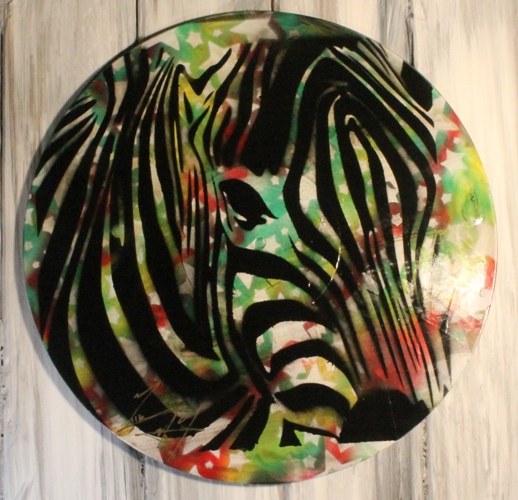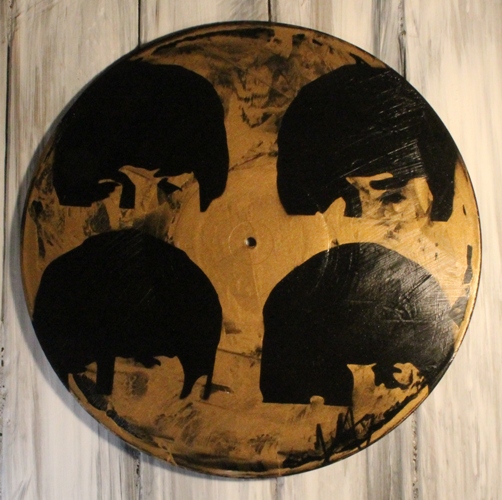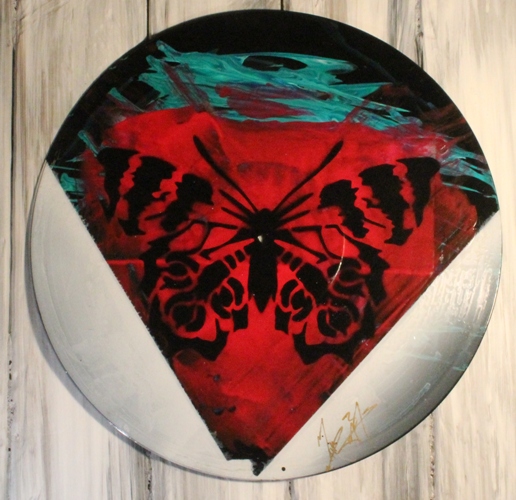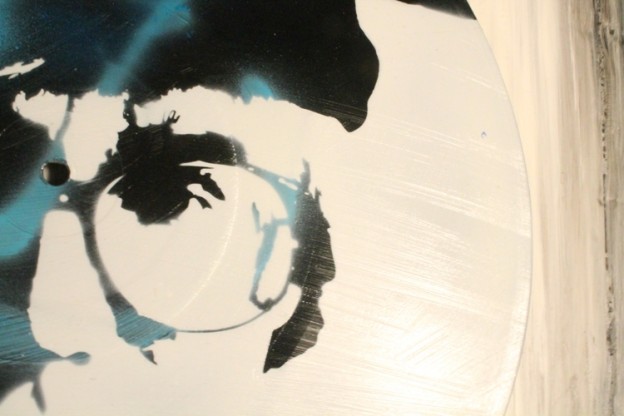How to paint and draw: a blog about art.
-

Painting Critique Checklist
By Marion Boddy-Evans When you’re looking at a painting critically with a view to giving a critique to the artist and, equally, when you’re critiquing your own paintings, here are some of the things you ought to consider: • Size: Remember to take a look at the actual size of the painting and try to visualize it that […]
-

How to Critique a Painting
It’s only natural to want people to like our paintings, but if we’re to grow as artists, then we need statements that say a little more than simply “It’s nice” or “I love it” or “I don’t think this painting works”. We need information on what specifically is nice, loved, or isn’t working. Specific, constructive […]
-
Is There a Difference Between Gesso and Molding Paste, and Can You Mix in Oils?
From Susan Tschantz It depends on how much texture you want. You can use a thin coat of gesso to mimic plaster texture. But going too thick runs the risk of it breaking and flaking later. The more ridged the support, the less likely this is, so consider painting on a canvas covered panel. These are available through […]
-
Should an Oil Painting be Framed Under Glass?
There’s no need to frame an oil painting under glass if it’s painted on canvas, panel, or board. The exception is if the painting is done on paper or thin card, which should be framed under glass to protect the support from environmental damage more than the oil paint. With sturdier supports, the final varnish applied to the painting […]
-

Is Painting in the Nude Safe?
From An US University Art Dept Lecturer I used to paint in the nude (though until now I’ve always kept this to myself, figuring people would really wonder about me). It seemed easier to clean up my skin than clothes, and I enjoyed the freedom. I paint with oils, however, and have a warning for […]
-

What is the Advantage of Using Liquid White for a Wet-on-Wet Underpainting?
From Susan Tschantz Starting a painting with a layer of Liquid White is part of the Bob Ross Wet-on-Wet Technique®. It’s neither better nor worse than any other painting technique, and has its place in art. Myself, I really love the richness you get with a good, well done underpainting, but that takes more time. The point of the medium-covered canvas […]
-

Where to Find a Left-Handed Painting Palette
The only company I’ve found that does produce large left- and right-handed palettes is Richeson, in wood and melamine (Buy Direct). Their ‘normal’ melamine palette has a neoprene thumb insert, which means it’s suitable for holding in either hand. If you know a woodworker, or are handy yourself, you could make one fairly easily using a […]
-
How Do I Start Painting in Oils?
By Ricardo Guimaraes There are as many ways to paint as there are artists, but here’s a summary of my oil painting method. To begin with, there are two simple rules you should follow. Firstly, you need a surface to paint on that has been prepared specifically for oil paints. You can buy many brands of […]
-
Can I Use Artist’s Quality Oil Paint Over Student Grade Paint?
By Marion Boddy-Evans “Like all fledgling oil painters, I’ve been fed the phrase fat over lean so many times I say it in my sleep. I get the basic idea: the paint on the bottom should not have as much oil as the paint above. Recently I’ve been upgrading from student to artist’s paint. Can I still use […]
-
Oiling Out to Even the Gloss or Shine on a Painting
By Marion Boddy-Evans Painting and Technical Advisor for Winsor & Newton, Paul Robinson, says: “What I would advise is that you even out your sheen before varnishing by ‘oiling out’. Oiling out is the application of an oil medium to a painting which has sunk (become dull), or lost its oil to the layer underneath. The most common causes […]
Got any book recommendations?